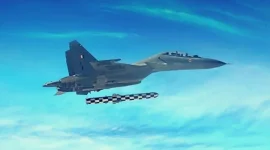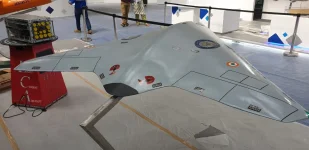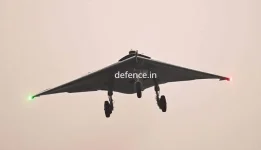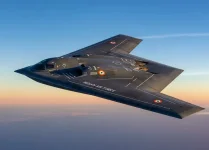- Views: 883
- Replies: 6

WASHINGTON – The U.S. Air Force has achieved a significant cost reduction for its B-21 Raider program after successful negotiations with the aircraft's manufacturer, Northrop Grumman. Air Force Secretary Frank Kendall announced the news during a Senate Appropriations subcommittee hearing on April 9, 2024.
Previously estimated to cost an average of $692 million per aircraft (adjusted for inflation), the B-21 stealth bomber now has a projected unit cost of approximately $594 million, marking a decrease of nearly $100 million. Kendall emphasized that specific program details remain classified due to national security concerns.
The cost reduction signals progress in the program's financial management. Northrop Grumman had acknowledged potential losses on the B-21 due to rising production costs and economic factors, but this development indicates a positive shift in the program's trajectory.
Nuclear Modernization Push
The B-21's progress stands in contrast to the LGM-35A Sentinel intercontinental ballistic missile (ICBM) program, which has seen costs surge by at least 37%. This price increase, largely driven by complex construction needs, has put the Sentinel program under critical review. Air Force Chief of Staff Gen. Dave Allvin noted that a decision on how to restructure the Sentinel program is expected in July.Despite these challenges, senior Air Force officials reaffirm their commitment to modernizing the nuclear triad. The Air Force is prioritizing these efforts, with potentially delayed timelines for next-generation tanker and transport aircraft projects in order to ensure the successful development of its new bombers and ICBMs.
The Path to a New Generation
The B-21 Raider, destined to replace the aging B-1B Lancer and B-2 Spirit, is a crucial element in the modernization of America's air power and nuclear deterrent.While still a highly classified and expensive endeavor, the recent cost reductions suggest promising signs for the program's long-term viability in the face of budgetary pressures.





